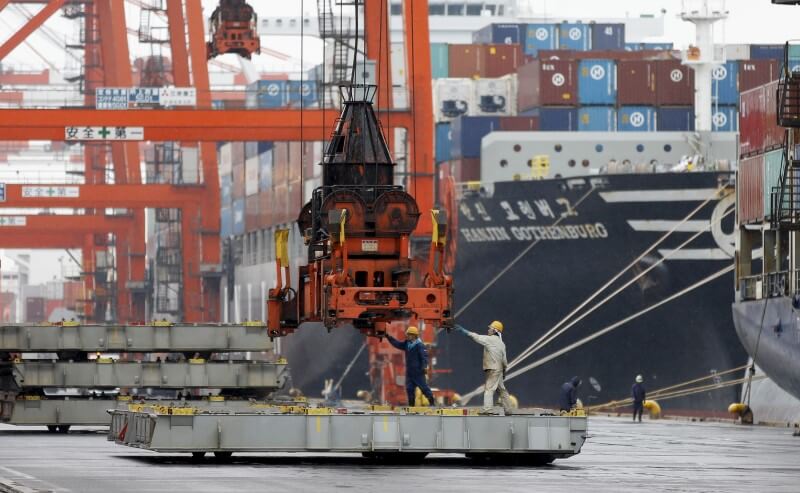By Kaori Kaneko
TOKYO (Reuters) – Japan’s economic growth was expected to slow in the second quarter, weighed down by weak domestic demand and stagnant exports, a Reuters poll found on Friday.
Weak economic growth would be a setback for Prime Minister Shinzo Abe who said this week that the top priority for his reshuffled cabinet was growing the economy and beating deflation.
Gross domestic product (GDP) was expected to expand at an annualised rate of 0.7 percent in April-June, the poll of 21 analysts showed, following 1.9 percent annualised growth in the first quarter. This would be a quarterly expansion of 0.2 percent after a 0.5 percent rise in January-March.
“Domestic demand and exports remained weak while the boost from the Leap Year has faded so the growth rate was probably slow,” said Hidenobu Tokuda, senior economist at Mizuho Research Institute. “The impact of a strong yen on exports may be seen soon. We expect they will probably stay weak this year.”
Private consumption, which accounts for roughly 60 percent of GDP, was seen rising only 0.2 percent in the second quarter, from a 0.6 percent gain in the previous quarter.
Capital spending was expected to slip 0.1 percent after a 0.7 percent decline, the poll found.
The Cabinet Office will issue the GDP data on Aug. 15 at 8:50 a.m.(2350 GMT, Aug. 14).
Abe’s cabinet announced a stimulus package this week with headline spending of 28 trillion yen ($278 billion) to be implemented over several years. The government estimates the stimulus will drive up growth by around 1.3 percent in the near term. On Wednesday the Cabinet Office publishes June core machinery orders, a leading indicator of capital spending, which were seen as likely to rise for the first time in three months.
The highly volatile machinery orders data, a series regarded as a good leading indicator of capital spending, were seen likely to grow 3.1 percent in June after a 1.4 percent decline in May.
From a year earlier, core orders, which exclude those of ships and electrical equipment, probably declined 4.2 percent in June after a 11.7 percent fall in May.
“Firms’ capital spending plans are not so bad. But the surrounding environment such as a strong yen and weak demand is not favourable,” said Yoshiki Shinke, chief economist at Dai-ichi Life Research Institute. “Downside risks to capital spending are increasing.”
The finance ministry will publish the June current account balance on Monday, which is expected to show a surplus of 1.0567 trillion yen ($10.45 billion).
It would be 24th straight monthly surplus but the strong yen is expected to reduce the exchange value of overseas income.
The Bank of Japan’s corporate goods price index (CGPI), which measures the price companies charge each other for goods and services, was expected to fall 4.0 percent in the year to July.
(Reporting by Kaori Kaneko; Editing by Eric Meijer)
Japan second-quarter GDP growth seen slowing on weak demand

By Kaori Kaneko
















